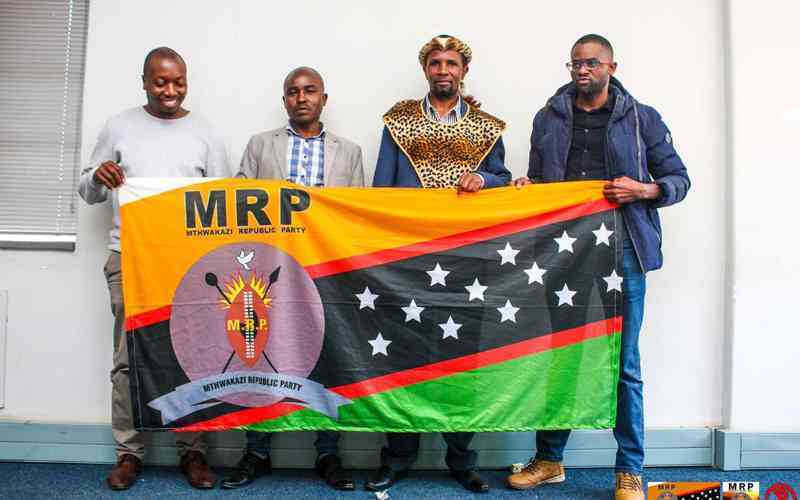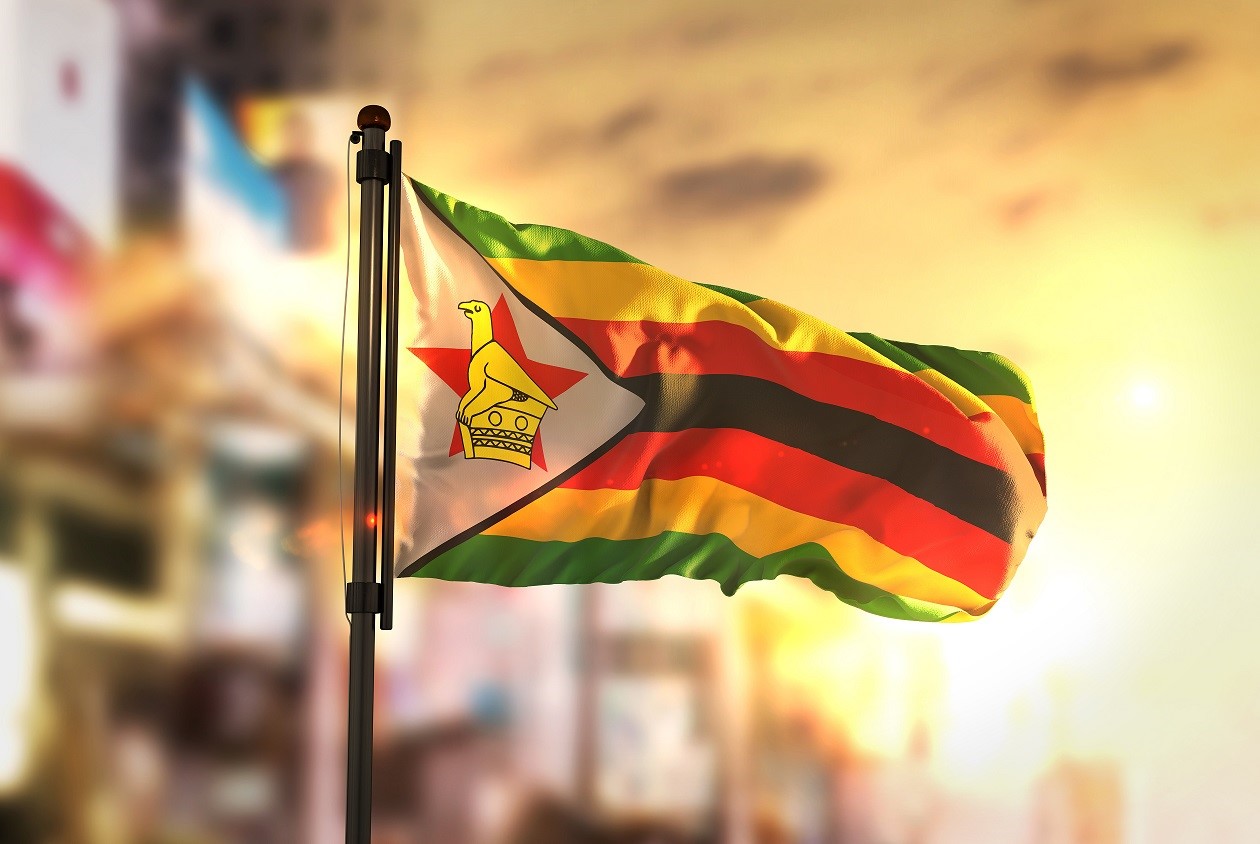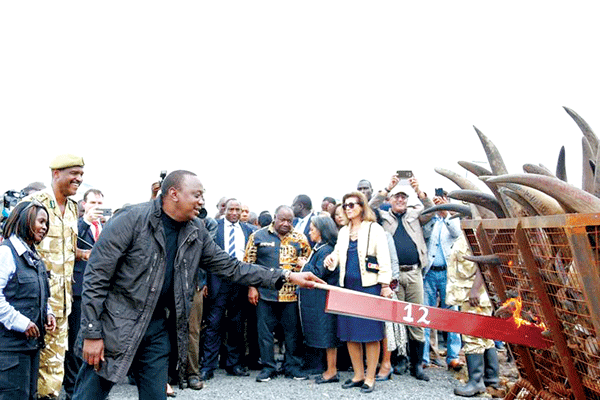
The world over, mechanisms through which information is either gathered or distributed have undergone a massive transformation.
This is due to the proliferation of Internet and social media.
The last five years have seen a revolution with the emergence of the mobile phone as a strong tool for reporting news.
For many years Zimbabwe and many other insular nations there had been severe blackouts of balanced news.

Everything to do with gathering and dissemination of information was under the control of the State.
Such an information management regime allowed the State to sift through all news items so as to choose what could be shared with people.
The inherent issues with State media monopoly were glaringly immense.
Sensitive or bad news tended to be swept under thick bureaucratic carpets. State sponsored terrorism could flourish in one area and the rest of the country would remain oblivious to such due to deliberate and selective news blackouts.
- Chamisa under fire over US$120K donation
- Mavhunga puts DeMbare into Chibuku quarterfinals
- Pension funds bet on Cabora Bassa oilfields
- Councils defy govt fire tender directive
Keep Reading
This is why many Zimbabweans outside affected areas vehemently denied the Gukurahundi atrocities.
Surely the State could not report itself for committing heinous acts against its people.
The State could not distribute pictures of pregnant mothers with their bellies slit open to “destroy the foetus in order to keep the dissident population in check”.
The State could not report itself for denying food to civilians in affected areas.
The State would not have been so charitable as to report on the number of civilian casualties.
The State’s stranglehold on information dissemination meant that it was at liberty to manufacture feel-good news in propaganda laboratories.
The State could report on thousands of Zapu members in Matebeleland defecting en masse to join Zanu PF.
The State found solace in reporting record purchases of Zanu PF membership cards in Plumtree, Gwanda, Hwange and other “dissident” areas.
The State wilfully withheld the truth that it forcibly took people’s money as part of a fund-raising drive for the construction of its party headquarters.
Free from censure from a responsible media, State agents could lynch members of the population at the behest of their political masters with total impunity.
When privately owned media houses entered the scene a State of semi-sanity and semi-parity was temporarily established.
The new comers in media neutralised State monopoly in the areas concerned with informing people.
For a while balanced and objective reporting hit the scenes before this healthy situation degenerated into a political circus.
Objectivity was soon lost and two distinct pathways emerged.
The State controlled media remained truly a Zanu PF mouthpiece while the private media chose a sympathetic approach towards the nascent opposition.
The private media, just like State media took an almost partisan approach to reporting news.
Bad news was attributed to Zanu PF and the opposition could never do or say anything wrong.
The distinctly diametrically opposite media houses would report on an issue as if it were an opinion penned by two aliens, one being a cross-eyed dimwit from Neptune and the other being a blind imbecile from Saturn.
Enter social media, the platform for reporters without limits oreditors.
This platform allows citizens to record crimes, gory incidents and all sorts of issues that affect society at large.
Social media enables real time sharing of unedited and uncensored news at relatively low cost.
Murder can be captured with all its repulsive detail.
Corrupt officers can be filmed as they either demand or accept bribes.
Law enforcers can be graphically captured on tape as they abuse citizens.
There is nowhere to hide; even for Zanu PF who boast of being the nation’s worst purveyors of violence.
Who would have forgotten Mugabe’s claim to the notoriety of having several educational degrees in violence?
Things seem to be changing, thanks to social media.
Wicked institutions such as Zanu PF are being forced to change their approach.
Zanu PF is undergoing its own Saul to Paul transformation after seeing the power of social media during xenophobic attacks in South Africa.
The Zanu PF government has since taken a sanctimonious stance and expressed its abhorrence towards the attacks.
Zanu PF felt even more pressured when ugly scenes of violence were filmed closer to home.
Pictures of ZRP anti-riot police details pummelling a peaceful protestor went viral on social media and tested Zanu PF’s resolve towards violence.
Indeed the party embraced a high moral compassas one of the vice presidents promised to investigate the matter. This was unprecedented in Zimbabwe’s standards.
Thanks to the hard work put in by social media, bloody assassins of the masses are now adorning cassocks of good will.
There is suspicion though that Zanu PF is flaunting some made up piety, false reverence and sanctimony to sanitise the regime.
There is no denying that the intensity of South Africa’s xenophobic attacks can never match the violence Zimbabweans have endured at home under Zanu PF thugery.
If the party that has presided over the worst known cases of violence can sustain this new approach to violence, then it is worth recognising the change of heart.
It is hoped that this change of heart is going to be a permanent fixture in Zanu PF’s code of conduct.
The scepticism is unfortunately overbearing as Mugabe himself, the party leader, is a racist and xenophobe of acclaim.










